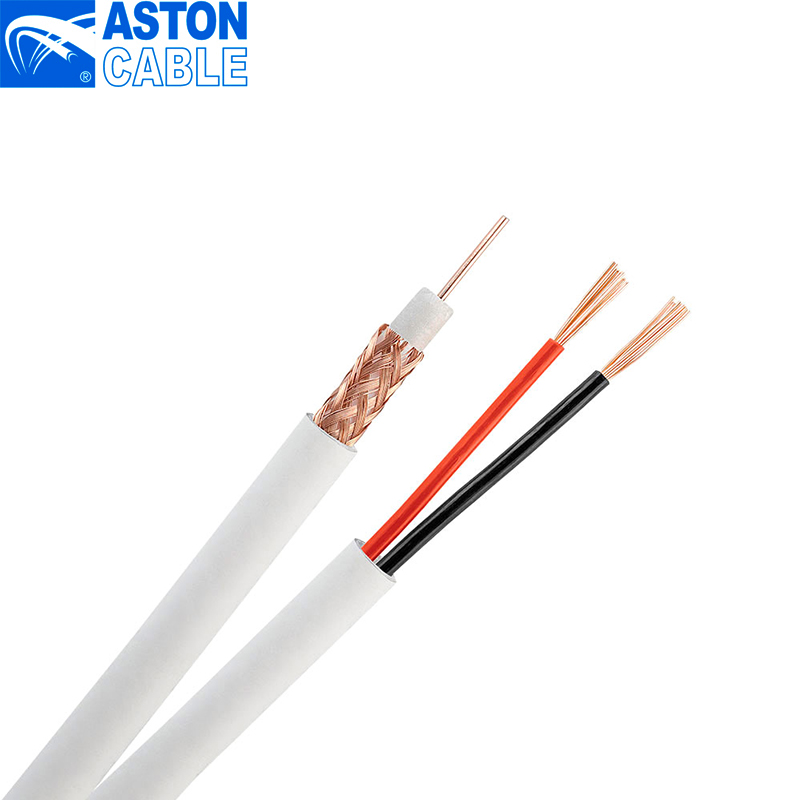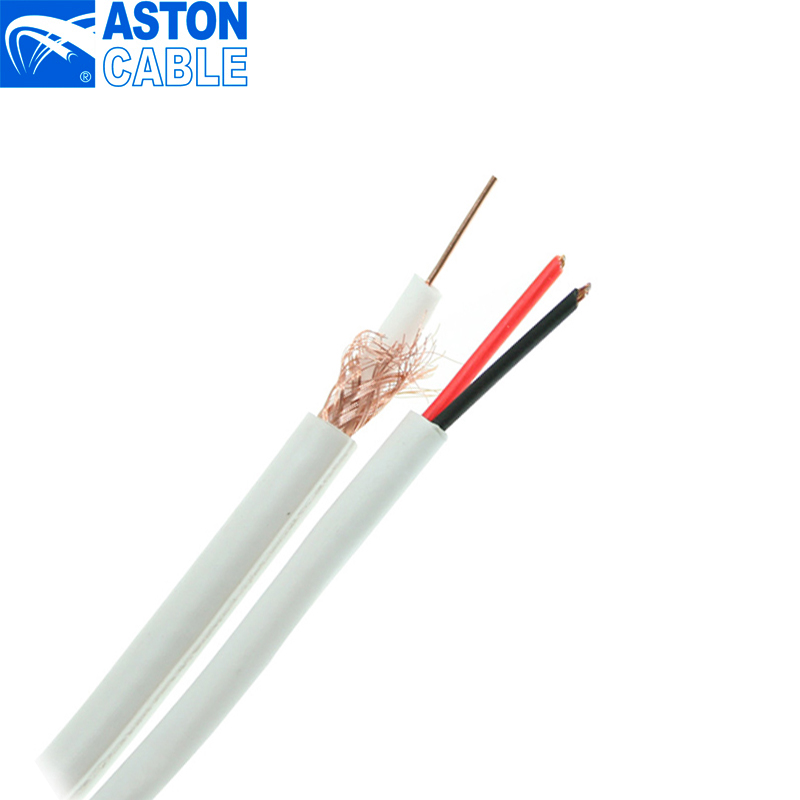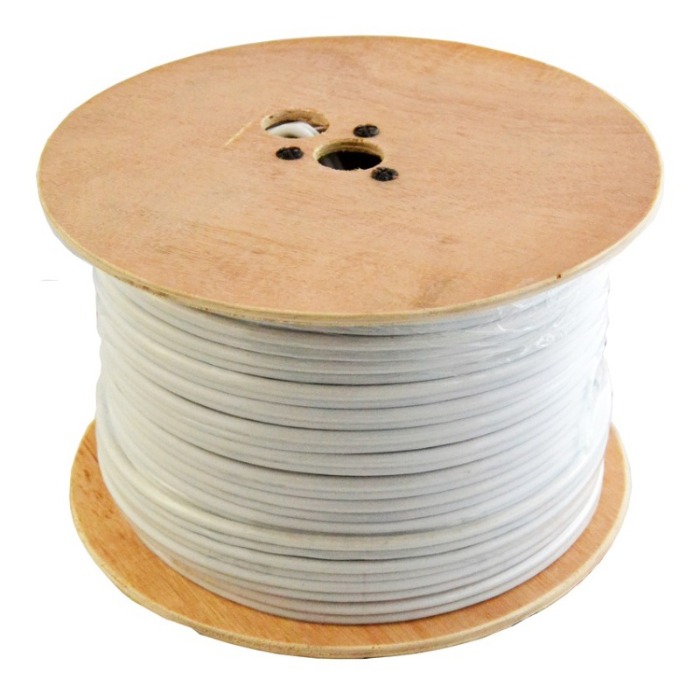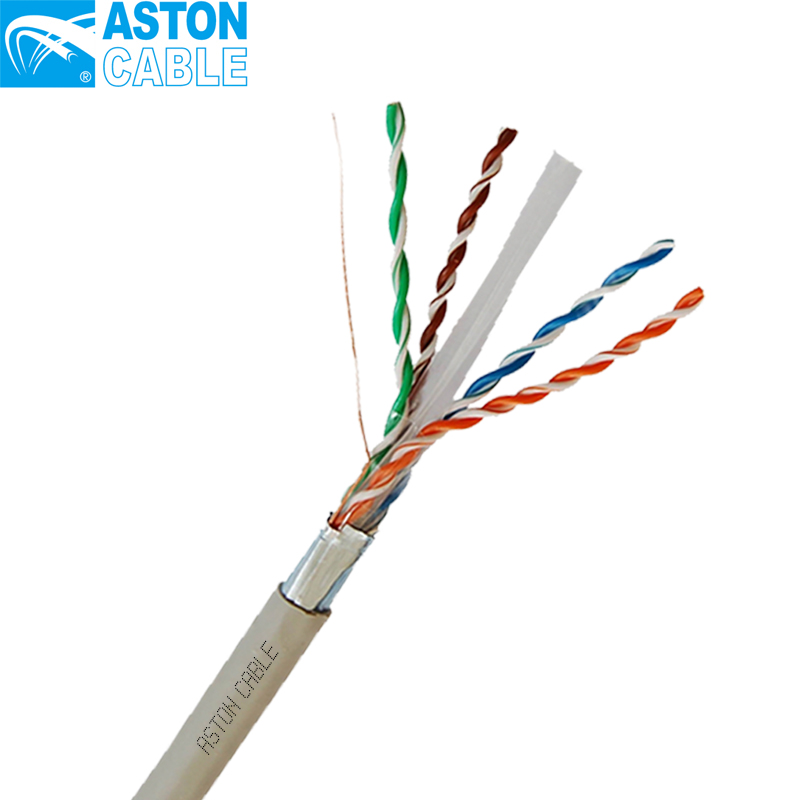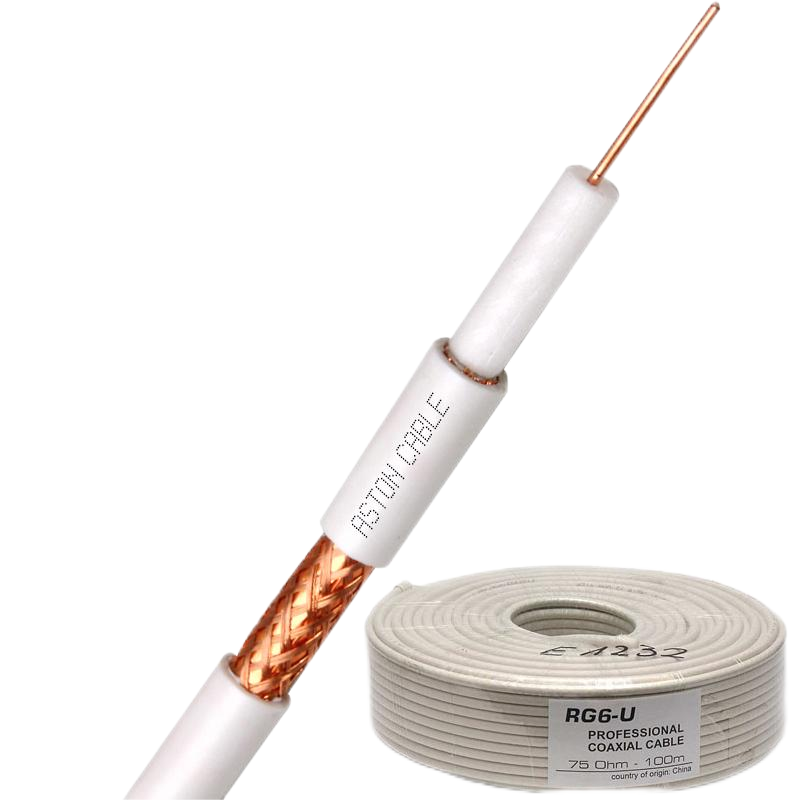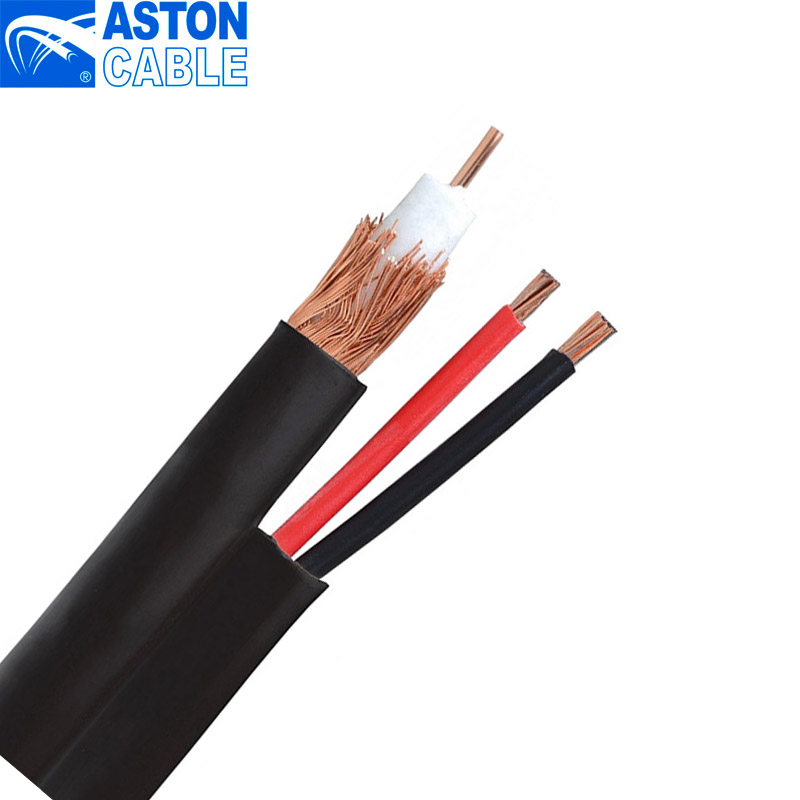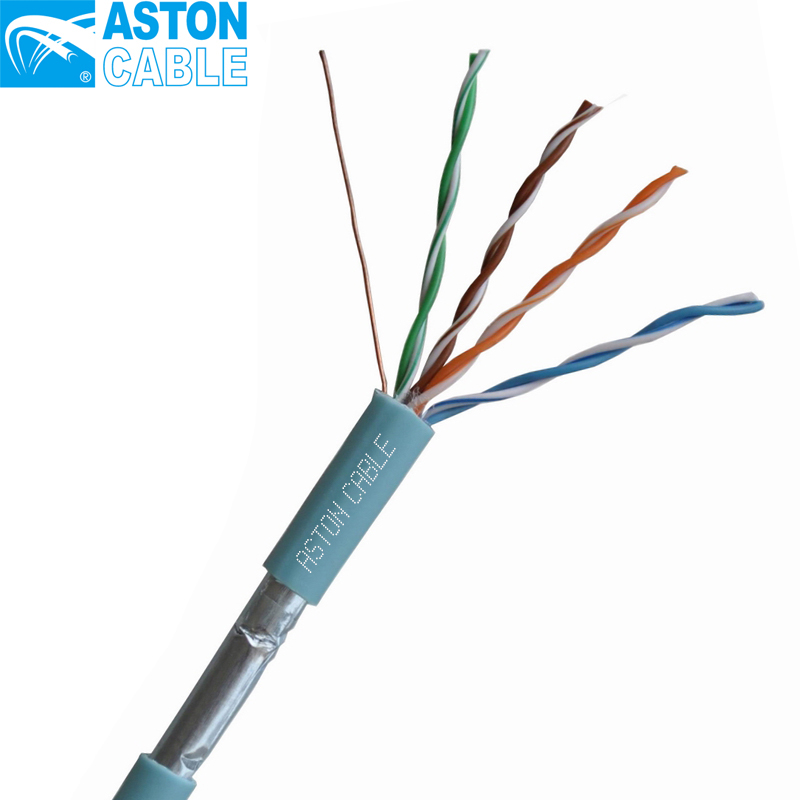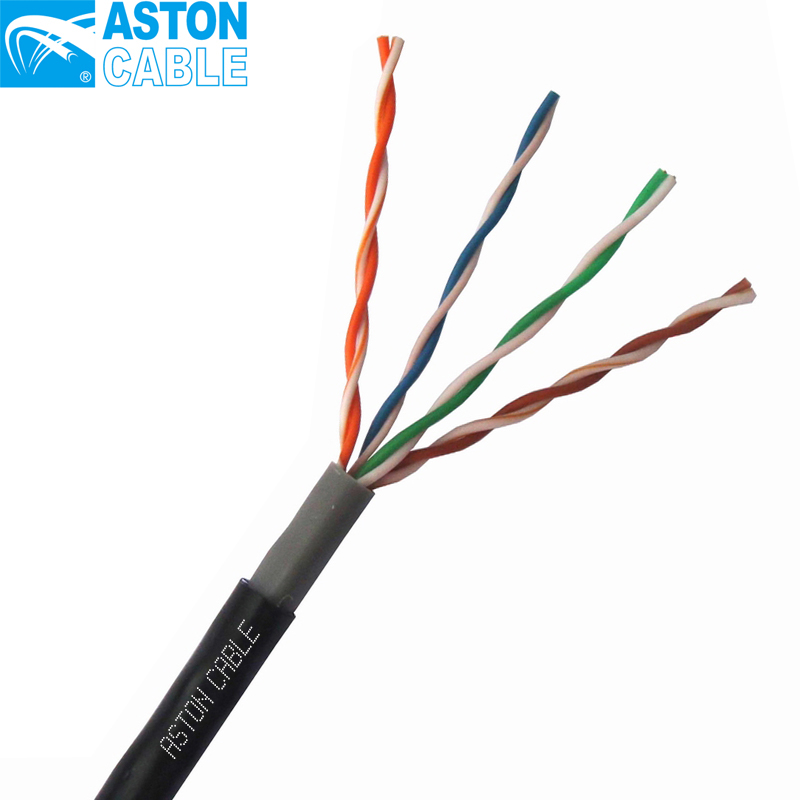Product Main Parameters
| Parameter | Value |
|---|---|
| Conductor | 0.81mm 20AWG Bare Copper |
| Dielectric | 3.7FPE |
| Jackets | PVC for indoor/Black PE for outdoor |
| Operating Frequency | Up to 3 GHz |
| Impedance | 75 Ohms |
Common Product Specifications
| Specification | Details |
|---|---|
| Shielding | 95% Aluminum Braided |
| Color | Customized |
| Connector | BNCDC |
| Packages | Coil reel, plastic drum, wooden drum, color boxes, carton boxes |
Product Manufacturing Process
In the production of RG59 power cables, manufacturers utilize a meticulous process that includes wire drawing, stranding, and insulation. High-quality copper is drawn into fine wires and stranded together to form the core conductor. This is then encased with a dielectric material, typically a type of foam polyethylene, to ensure minimal signal loss. The core is shielded with a braid, commonly aluminum, to protect against electromagnetic interference. The final step involves covering the cable with a PVC or PE jacket for durability and environmental protection. These steps ensure that the RG59 power cables provide reliable video and power transmission for surveillance applications.
Product Application Scenarios
RG59 power cables are primarily used in CCTV systems for transmitting video signals and powering cameras. Their design is optimal for short to moderate distances, making them suitable for home security setups and small to medium business installations. Additionally, their effectiveness in environments with significant electromagnetic interference makes them a preferred choice in urban areas and near broadcasting stations. The cables are often used in tandem with power cables in a Siamese configuration to streamline installations by combining video and power transmission into a single run.
Product After-Sales Service
We offer comprehensive after-sales support to ensure customer satisfaction. Our services include technical guidance for installation, troubleshooting assistance, and replacement warranties for defective products within the warranty period.
Product Transportation
All products are packaged in robust materials suitable for export. We facilitate delivery through reliable shipping partners from our factory in Hangzhou, Zhejiang, to your preferred destination.
Product Advantages
- High-quality transmission: Ideal for CCTV systems with minimal signal loss.
- Cost-effective: Affordable for small to medium installations.
- Versatile: Can be customized in color and jacket material.
- Integrated power solution: Siamese setup for dual functionality.
Product FAQ
- Q1: What are the key benefits of using RG59 power cables?
- A1: RG59 power cables offer robust video and power transmission, making them perfect for CCTV systems. These cables come with superior shielding against electromagnetic interference and can be customized to meet specific requirements.
- Q2: How far can RG59 power cables transmit video signals effectively?
- A2: RG59 power cables are optimal for distances up to 750 feet without signal amplification. For longer runs, consider using signal boosters to maintain video quality.
- Q3: Can these cables be used outdoors?
- A3: Yes, RG59 power cables with PE jackets are suitable for outdoor installations, providing protection against moisture and physical damage.
- Q4: What types of connectors are compatible with RG59 power cables?
- A4: These cables typically come equipped with BNC and DC connectors, commonly used for CCTV camera installations.
- Q5: Are RG59 power cables suitable for high-definition video?
- A5: While RG59 cables can carry analog signals well, they may not be ideal for high-definition digital video, where RG6 or other upgraded cables might be preferable.
- Q6: What's the minimum order quantity for these cables?
- A6: We offer a minimum order quantity of 30 kilometers, allowing for flexibility depending on your project needs.
- Q7: How does the cable's dielectric material affect performance?
- A7: The dielectric in our RG59 cables is designed to minimize signal loss, ensuring high-quality transmission over the cable's effective range.
- Q8: Can the cables be customized for specific project requirements?
- A8: Yes, we offer customization options for cable color, jacket material, and packaging to suit unique project needs.
- Q9: Are the cables compliant with international standards?
- A9: Our RG59 power cables comply with international quality standards, including RoHS, CE, and ISO certifications.
- Q10: How are the cables shipped to ensure safety and quality?
- A10: Our cables are packaged securely and shipped using trusted carriers to ensure they reach you in perfect condition.
Product Hot Topics
- Why RG59 Power Cables Are Preferred Over Other Types
Many installations prefer RG59 power cables due to their high performance in short to medium-range distances. Their cost-effectiveness and flexibility for CCTV applications make them widely favored by manufacturers and users alike.
- The Role of Shielding in RG59 Cables
The aluminum braided shielding in RG59 cables plays a crucial role by protecting video signals from electromagnetic interference, ensuring clear video feed crucial for surveillance systems. Manufacturers focus on quality shielding to meet industry standards.
- Maintaining Video Quality in CCTV Installations
RG59 power cables are vital in maintaining the quality of video signals in CCTV systems. Manufacturers ensure optimal conductor materials and shielding to offer high-performance cables that meet reliability standards.
- Innovations in Cable Manufacturing
Stepping up with technological advancements, RG59 power cable manufacturers continuously enhance production processes to improve signal transmission and durability in various environments.
- Understanding the Applications of RG59 Power Cables
Predominantly used in CCTV systems, these cables provide a dual function in transmitting video signals and power. Their structured flexibility and ease of installation make them a popular choice for security manufacturers.
- Customizing Solutions for Security Systems
Manufacturers understand the unique demands of security systems and offer RG59 power cables with customization options, including cable length, jacket material, and color, to fit specific project needs.
- Comparing RG59 with RG6 and Other Cable Types
When choosing between RG59 and other cable types like RG6, consider project scope, distance, and quality requirements. Manufacturers provide insights into the best applications for each cable type.
- Challenges in Manufacturing High-Quality RG59 Cables
Producing top-tier RG59 power cables requires attention to detail from manufacturers, particularly in maintaining consistent quality and adherence to industry standards across production batches.
- Future Trends in Cable Manufacturing
As technology evolves, the demand for enhanced cable performance grows. Manufacturers are exploring new materials and manufacturing techniques to meet emerging requirements in video and power transmission.
- Ensuring Compliance with Industry Standards
Manufacturers of RG59 power cables adhere to various international standards, including RoHS, CE, and ISO, ensuring that their products meet the safety and reliability requirements expected by the industry and consumers.
Image Description
